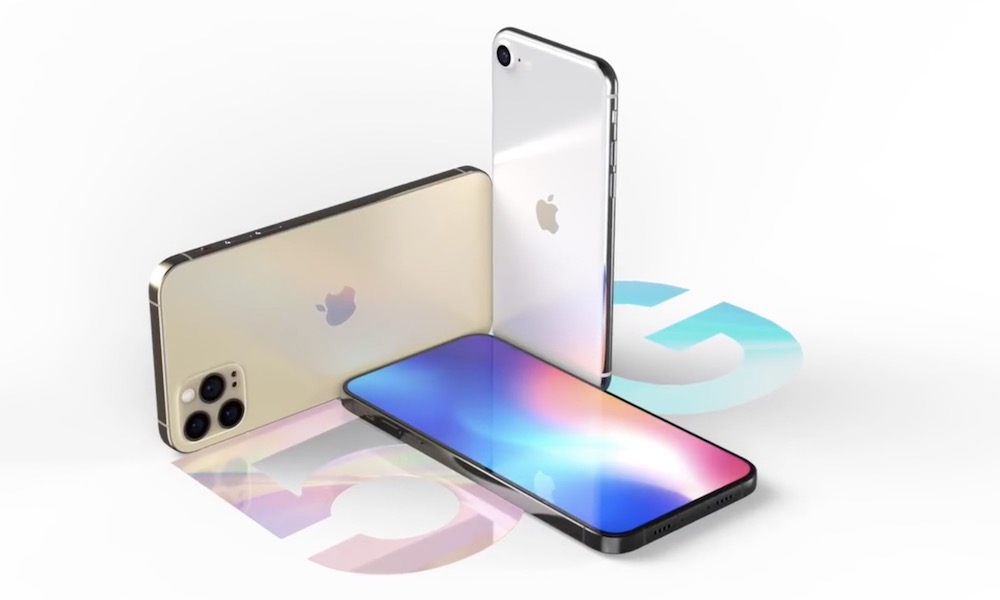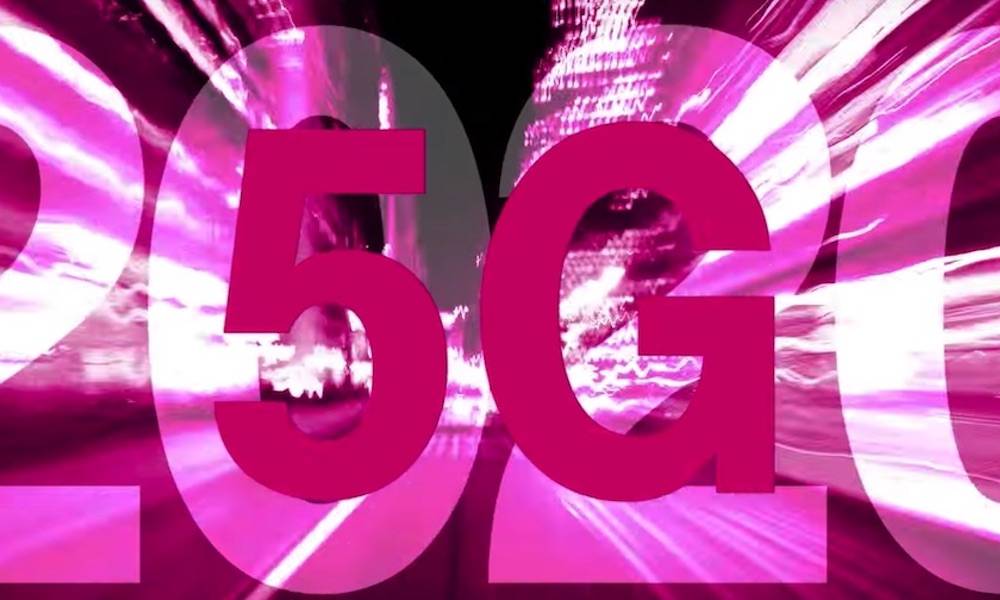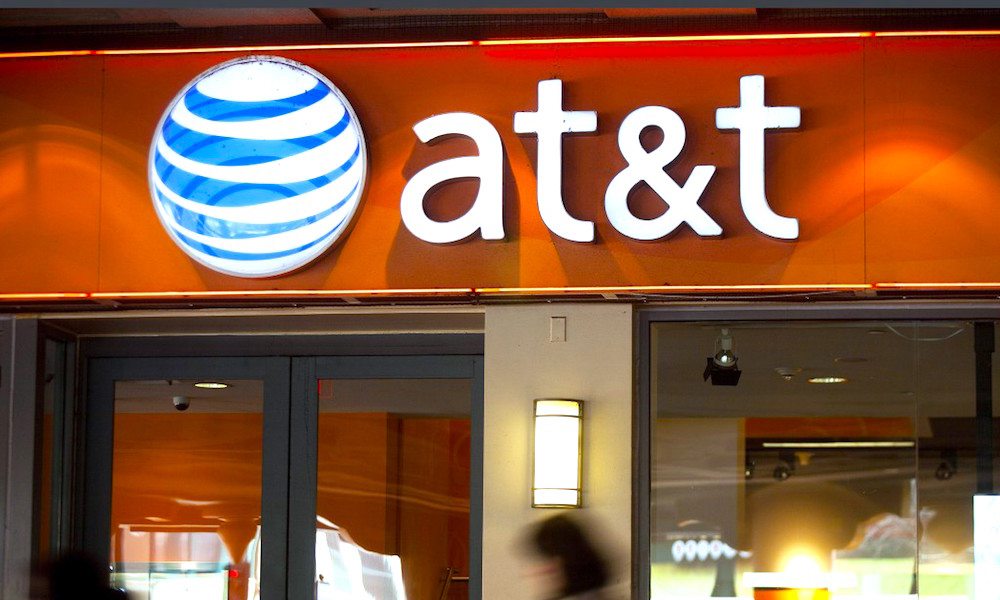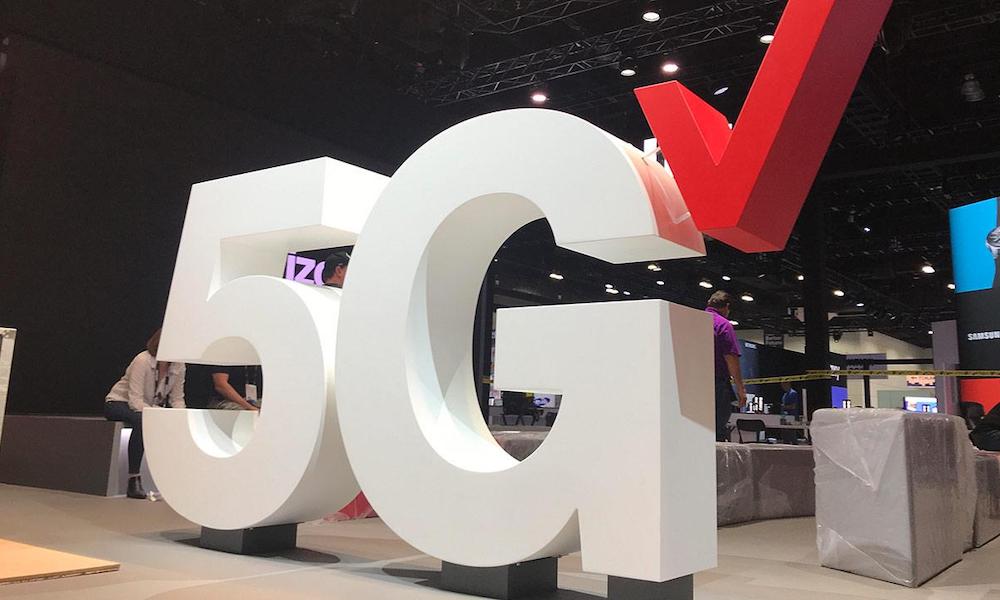Here’s Where Your Carrier Offers Ultra-Fast 5G Wireless
 EverythingApplePro
EverythingApplePro
The next big thing is supposed to be 5G. But if you’re the average U.S. consumer, there’s a high probability that you don’t have access to 5G. That’s because we’re in the midst of the 5G rollout, and coverage is pretty spotty.
But the big four carriers have been slowly expanding their 5G networks across the U.S. Continue reading to find an updated list of the current markets where 5G is available (but keep in mind that you’ll need a 5G-compatible device to take advantage of them).
Sprint
Sprint’s 5G isn’t the most widespread on this list, but the carrier does use mid-band spectrum, which means that you’ll be able to take advantage of it further away from specific 5G nodes.
Currently, Sprint True 5G is available in select areas of:
- Atlanta, Georgia
- Chicago, Illinois
- Dallas-Fort Worth, Texas
- Houston, Texas
- Kansas City, Missouri
- Los Angeles California
- New York City, New York
- Phoenix, Arizona
- And Washington, D.C.
T-Mobile
Unlike some other carriers on this list, T-Mobile’s coverage area is too large to cover in one slide. The Uncarrier’s nationwide 5G network covers about 5,000 cities and 200 million people using the 600MHz spectrum (which means it isn’t mmWave).
If you’re curious, you can check T-Mobile’s current coverage map to see if your city or region is included in its nationwide 5G network. At that link, you can also type in your own region or zip code to see if you have coverage.
AT&T
AT&T actually has several varieties of 5G service available, including the low-band 5G service and the mmWave 5G+. There’s also 5GE, which is actually just a name for upgraded LTE.
But it’s likely true low-band 5G that you’re interested in. Currently, AT&T offers low-band 5G to a total of 58 markets, including major ones like Los Angeles, New York City and Boston. You’ll also find smaller locales on the list, such as Modesto, California and Worth, Georgia. We recommend giving the full list a look over if you’re curious.
AT&T’s much speedier 5G+ is available in 35 markets, such as Los Angeles and Nashville, but you may have a harder time actually using it.
Verizon
Verizon’s 5G service, which it dubs 5G Ultra Wideband, is based on mmWave technology and offers fast speeds, low latency and good capacity. It’s also fairly widespread across a range of markets, and features good coverage (despite the limitations of mmWave).
Verizon 5G Ultra Wideband is available in a total of 31 cities, ranging from Atlanta and Boston to Omaha, Nebraska and Salt Lake City, Utah. You can find a full list of covered cities at this link. (But note that the mmWave 5G may not cover the entire city.)




